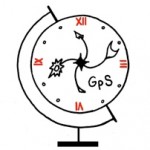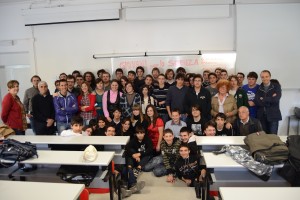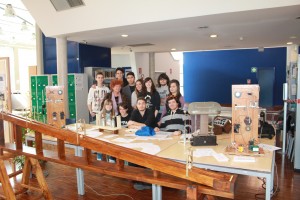An invitation for visit the “Giovani per la scienza” ‘s laboratory

School room 101 of “Palazzina Delfino” of the University Campus
Via Magliotto 2, Savona

The laboratory of “Giovani per la scienza” (GpS) is open for people who want to visite it by appointment, because in Savona, during your freetime, you can talk about science among teenagers.
Classes are invited too, you have only to contact professor Bianca Ferrari (biancaferrari@giovaniperlascienza.it)
You can organise by appointment meetings and lessons held by associates who have built the experiments, with the help of the professors of the Association, choosing the topic that you would deal from the DYNAMICS OF CLASSICAL PHYSICS, to the ELECTROSTATIC; from the ELECTRONIC FIELD, to the IONIZATION OF GAS; from the OPTICS, to the MECHANICAL ENGINES; from the THERMODYNAMICS, to the RELATIVITY

In three years of activity we have built our laboratory in the University Campus of Savona, with the support of SPES, of UNIONI INDUSTRIALI, of the ” De Mari” fondation, of ITIS G. Ferraris, we had adjusted old instruments, like “Van de Graaf” ‘s machine or a model of telephone now working; a group have read the “Speeches and mathematical demostrations around two new sciences” of Galileo Galilei for identify oneself with him and rebuild his inclined plane living again the world of that age, that don’t have at one’s disposal our sophisticated insrumentations but when Galilei followed the pulse rate for scan the time and immagined ideal experiments. We have like that rediscovered how the geometric proportion of spaces with odd numbers brings to the quadratic proportion between space and time. Taking a cue from a painting and from Firenze’s and Monaco of Bavaria’s museums, we have realized with professor Luciano Arfini’s help and mastery, an inclined plane, making it old with the paints and amming the spaces with bells and supports of brass.
Still others after having studied Sadi Carnot and the first and the second low oh thermodynamics, have built a Stirling engine’s model, using peeled cans and cans of soda like pistons.
